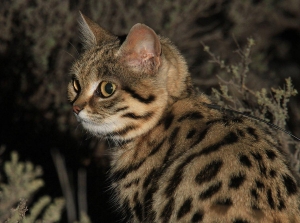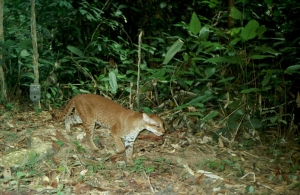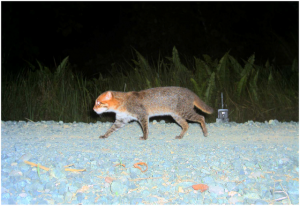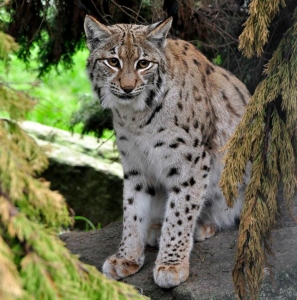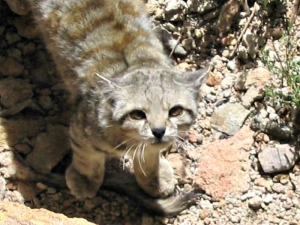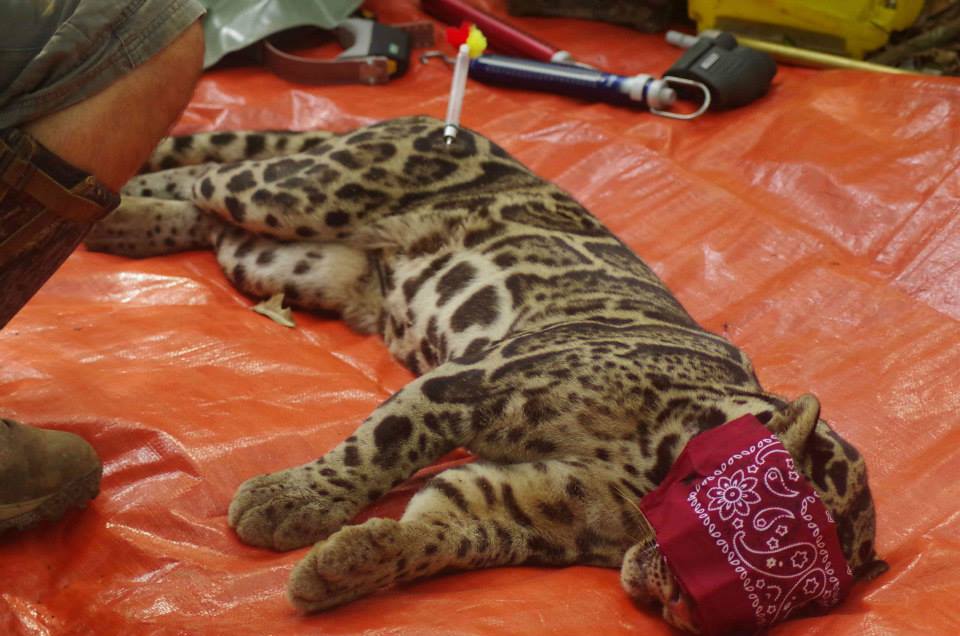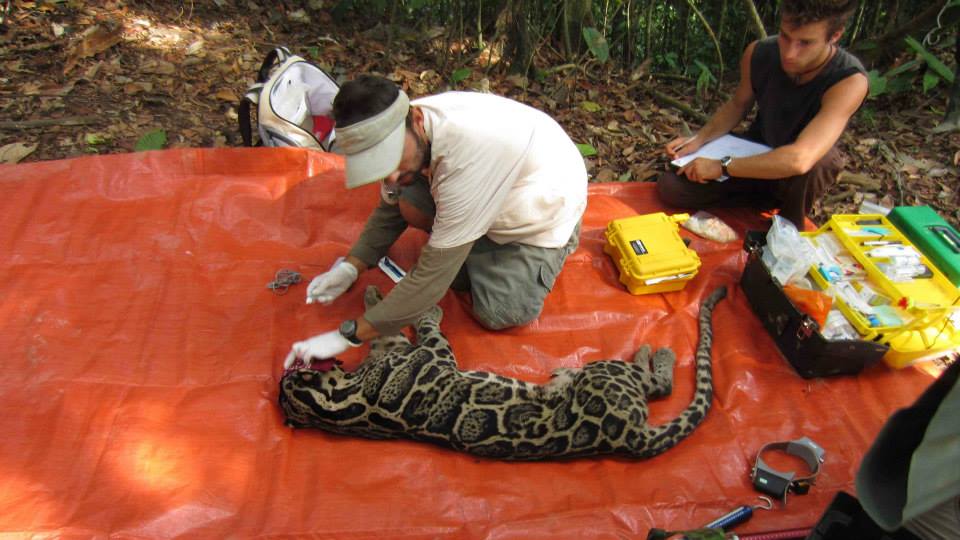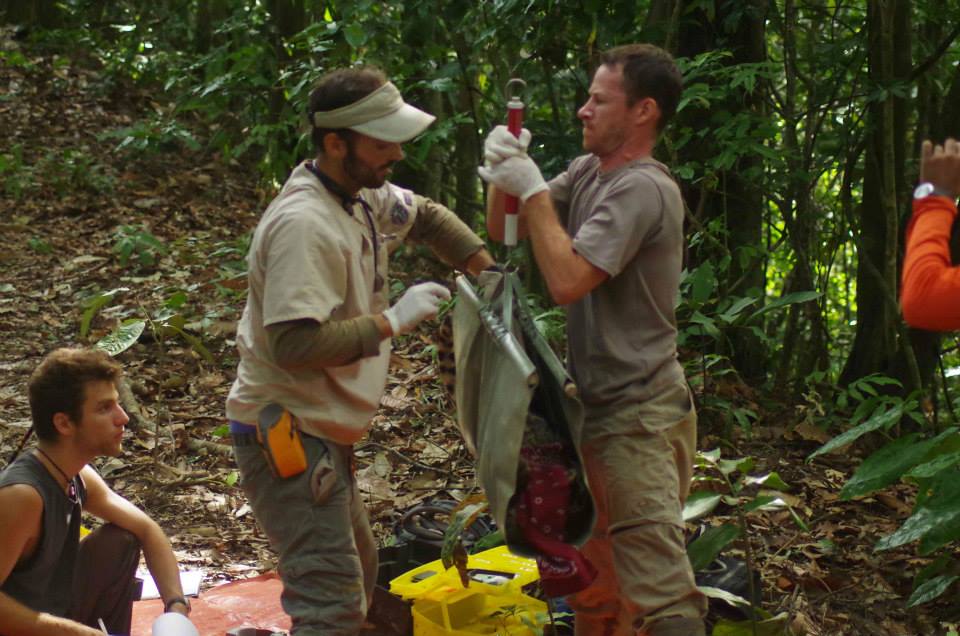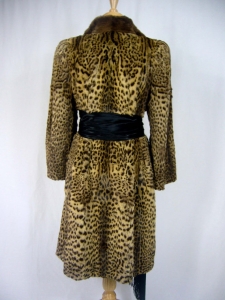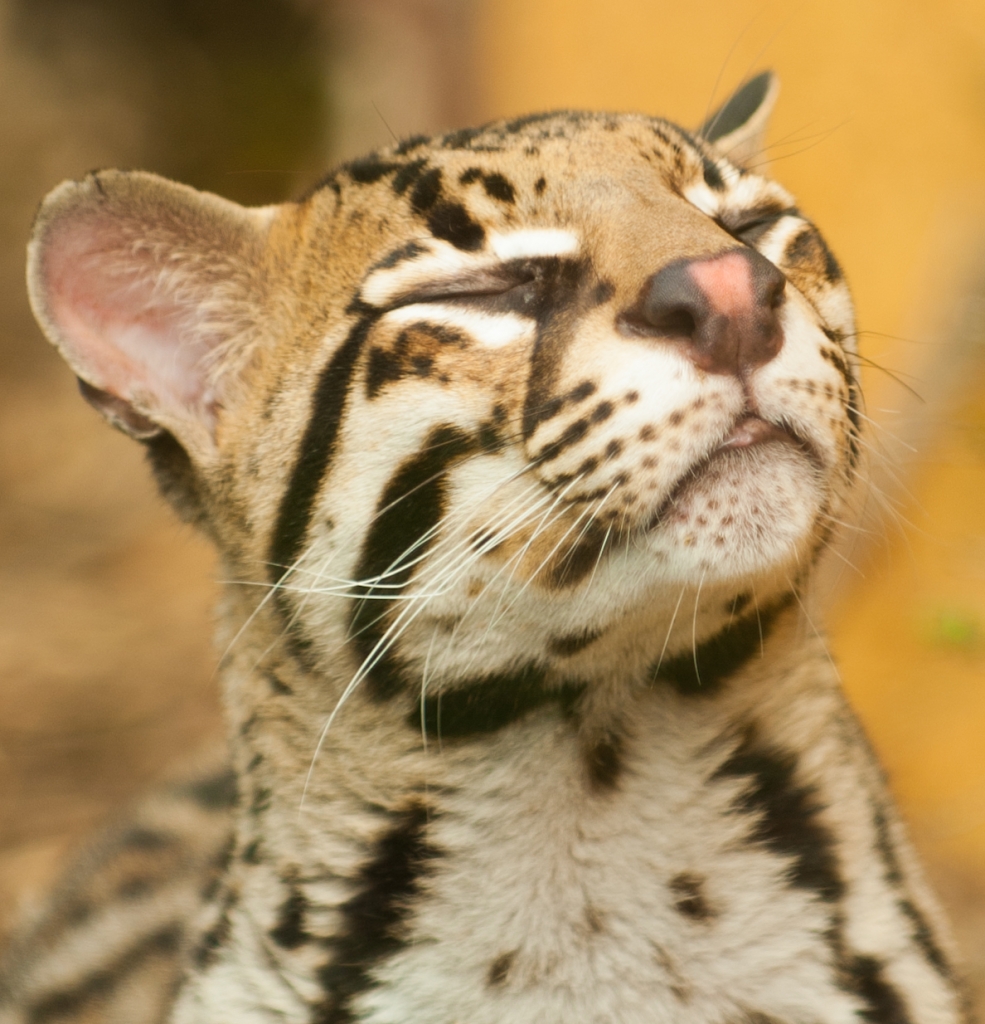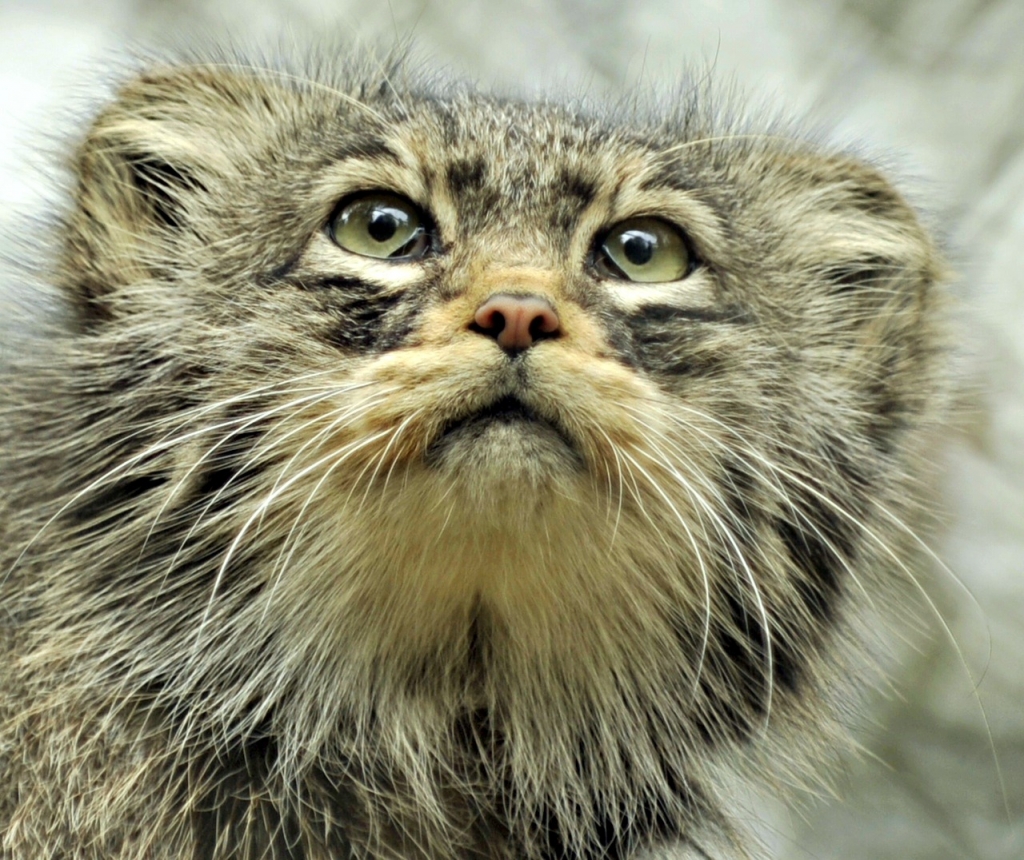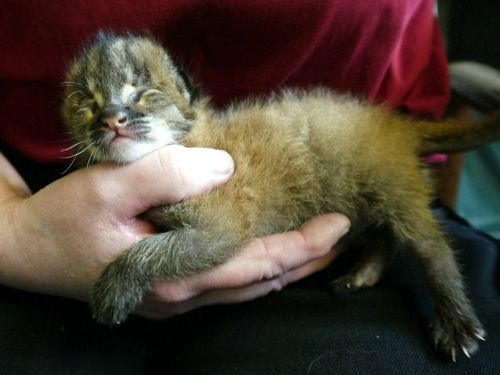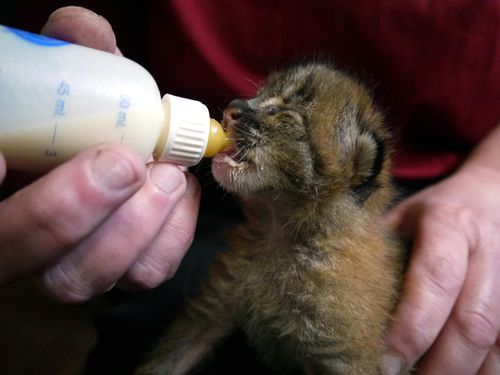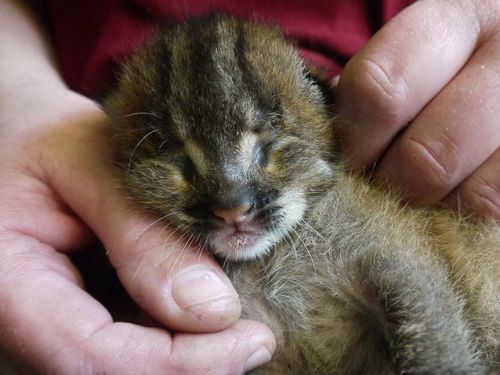ISEC Canada has sponsored studies on small wild cats around the world. Where are the cats located? What kind of habitat do they use? What do they eat? How large is the population? These and many other questions must be answered before any conservation plans can be put in place.
100% of donations are sent directly to small wild cat conservation programs around the world.
One of the projects that we have supported annually since 1993 is the Black-footed Cat Project. ISEC Canada has been recognized as the longest running supporter of this project. This long-running field study is learning what these tiny cats need to survive in the deserts of South Africa, and we are proud to support this vital work. Please help us continue our support.
The Black-footed Cat Felis nigripes is Africa’s smallest felid, and among the smallest wild cat species in the world. As special adaptations to their desert habitat, these cats have a broad skull with large, rounded ears, which provide enhanced hearing in an area with scarce prey. Low-set ears are often completely flattened in an ‘aggressive’ posture, an adaptation to hunting in areas with little cover. They are protected from the hot sand by hair on the black soles of the feet. Learn more
Thank you for your support!

